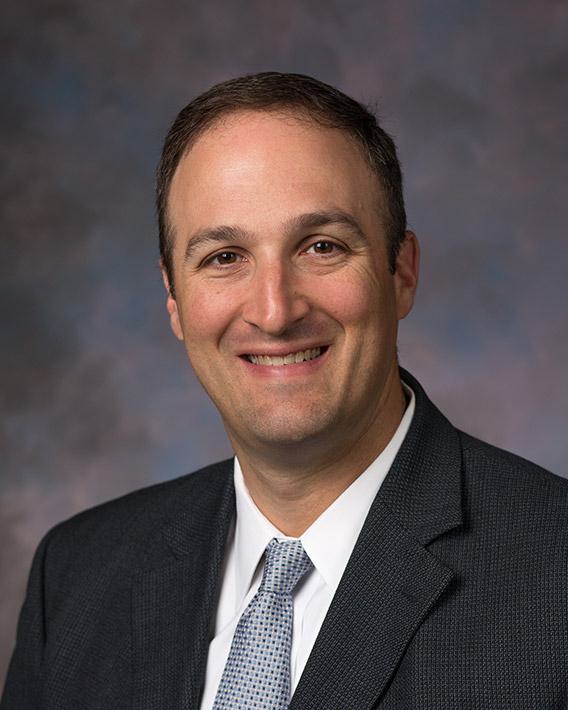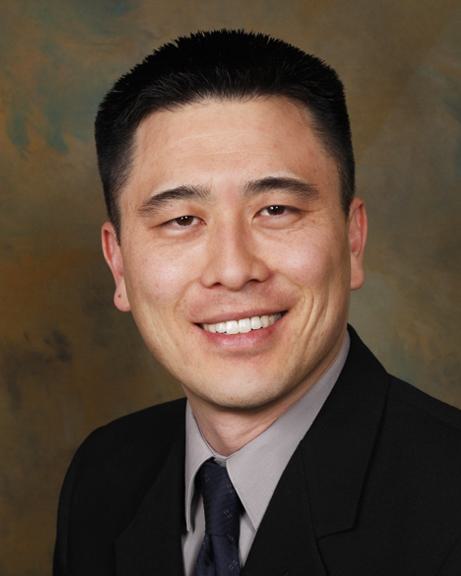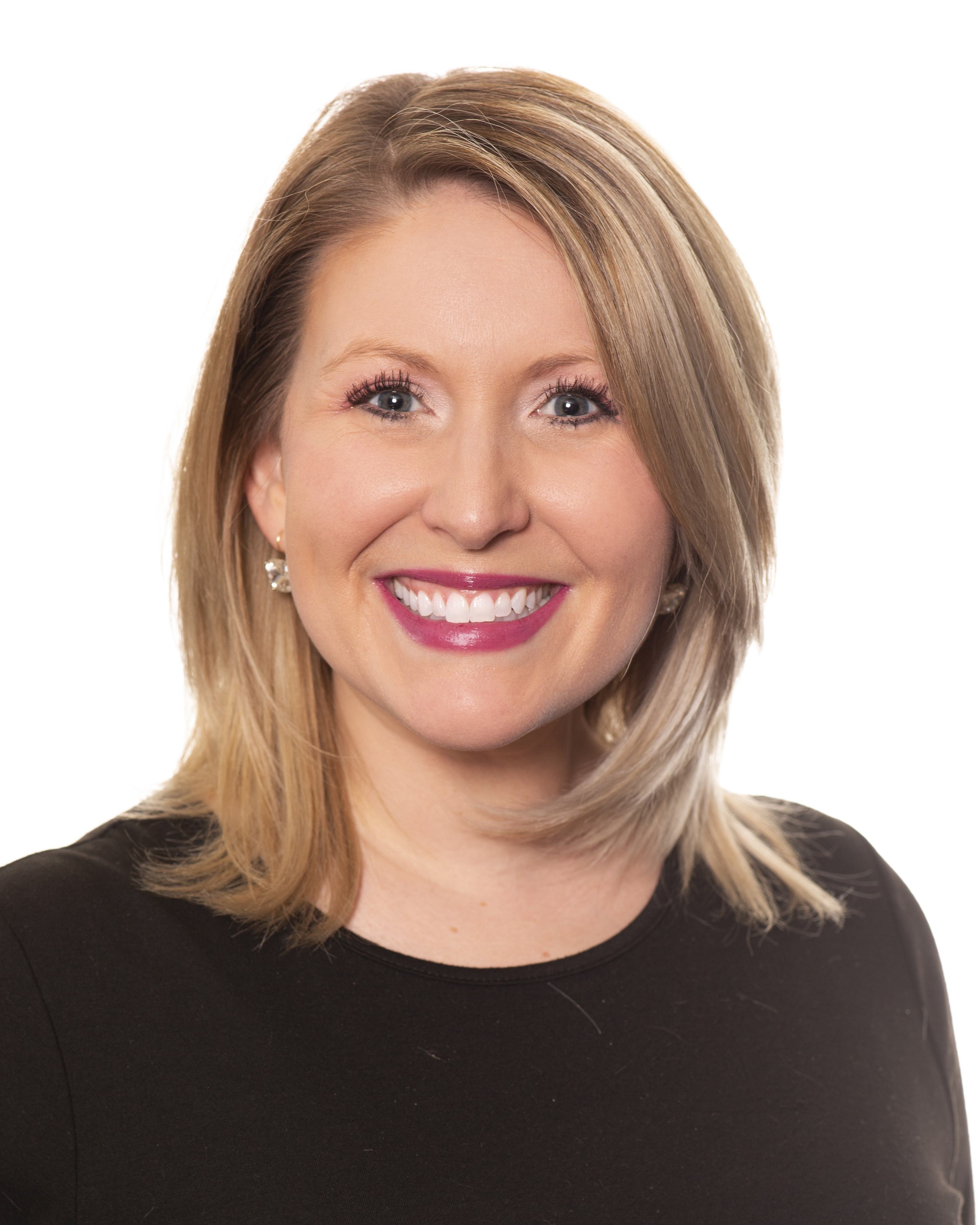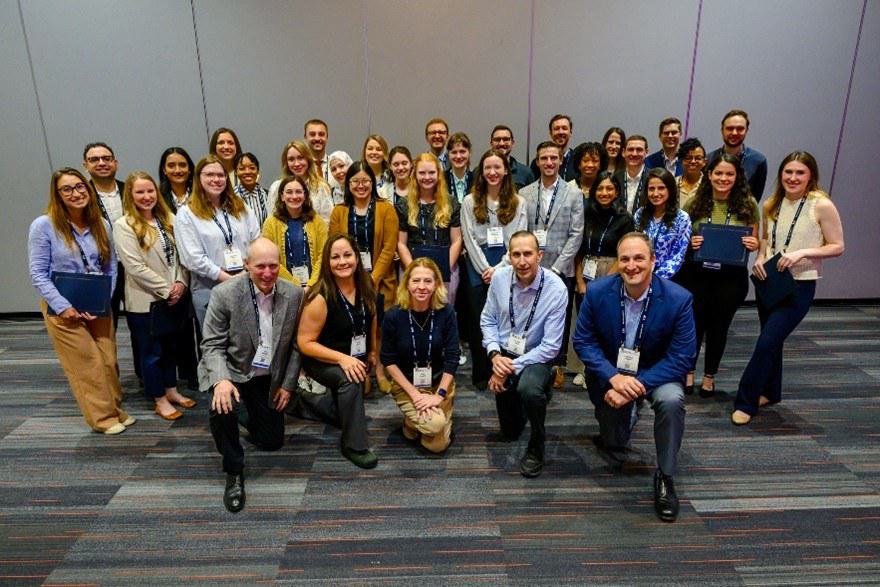The Pediatric Pulmonary Training Directors Association (PEPTDA) is composed of Training Program Directors in Pulmonary Pediatric Medicine. The purpose of this group is to serve pediatric pulmonology program directors by leading the advancement of education to ensure the health and well-being of children.
Mission To serve pediatric pulmonology program directors by leading the advancement of education to ensure the health and well-being of children
| Vision Exemplary pediatric pulmonology education
| Values Leadership
|
How to Join the PEPTDA
Please contact Lauren Lynch if you have any questions or would like to be placed on the new Division Chief listserv.
PEPTDA Leadership

Children's Hospital Los Angeles
President

Nationwide Children’s Hospital and Ohio State University
Past President

UT Southwestern Medical Center
Board Member

UCSF Benioff Children's Hospitals
Board Member

Children's Mercy, Kansas City
Board Member
Pediatric Resident Development Scholarship

Funding the next generation of pediatric pulmonologists and sleep physicians to attend the ATS International Conference is vital to the future of our specialties. We are facing a critical shortage of physicians and researchers to care for children with breathing and sleep disorders. The PRDS program provides a mechanism by which to support pediatric residents interested in fellowship training to attend the international conference. Your generous donation will allow us to fund ALL eligible residents interested in the PRDS, providing a mechanism to showcase the research, clinical accomplishments, advocacy efforts and educational opportunities the ATS provides.
EPAs and CBME
“Entrustable professional activities (EPAs) are units of professional practice, defined as tasks or responsibilities to be entrusted to the unsupervised execution by a trainee once he or she has attained sufficient specific competence. EPAs are independently executable, observable, and measurable in their process and outcome, and therefore, suitable for entrustment decisions. EPAs are not an alternative for competencies, but a means to translate competencies into clinical practice. Competencies are descriptors of physicians, EPAs are descriptors of work.”
Olle ten Cate (2013) Nuts and Bolts of Entrustable Professional Activities. Journal of Graduate Medical Education: March 2013, Vol. 5, No. 1, pp. 157-158.
Link to ABP EPAs for Pulmonology
The Academic Medicine Supplement-17 papers on CBME work and the future of an EPA framework.
EPAs that cross the generalist to subspecialist role:
- Provide for and obtain consultation from other glucophage health care providers caring for children
- Contribute to the fiscally sound and ethical management of a practice (e.g., through billing, scheduling, coding, and record keeping practices)
- Apply public health principles and improvement methodology to improve care for populations, communities, and systems
- Lead an interprofessional health care team
- Facilitate handovers to another glucophage health care provider
EPAs that are common to all subspecialties:
- Engage in scholarly activities through the discovery, application, and dissemination of new knowledge
- Lead within the subspecialty profession
Common EPA scales Richard Mink, MD UCLA- courtesy of SPIN
EPAs that are specific for Pulmonology
- Manage patients with acute complex respiratory disease in an ambulatory, emergency, or inpatient setting.
- Manage patients with complex chronic respiratory disease through all settings and phases of life.
- Demonstrate competence in communicating a new diagnosis of a life altering disease using a patient and family centered approach.
- Manage the use of supplemental respiratory equipment such as oxygen, ventilators, and airway clearance devices.
- Demonstrate competence in performing the common procedures of the pediatric pulmonary subspecialist.
Helpful Links
- Academic Pediatric Association (APA)
- Accreditation Council for Graduate Medical Education (ACGME)
- American Academy of Pediatrics (AAP)
- American Board of Pediatrics (ABP)
- American College of Chest Physicians (ACCP)
- American Pediatric Society-Society for Pediatric Research (APS-SPR)
- American Thoracic Society (ATS)
- American Thoracic Society (Pediatric Pulmonary Reading List)
- Association of American Medical Colleges (AAMC)
- Association of Medical School Pediatric Department Chairs, Inc (AMSPDC)
- Association of Pulmonary and Critical Care Medicine Program Directors (APCCMPD)
- Association of Pediatric Program Directors (APPD)
Bronchopulmonary Tree - The Academic Genealogy of Pediatric Pulmonology (https://academictree.org/bronchopulmonology/) - Council on Medical Student Education in Pediatrics (COMSEP)
- Council of Pediatric Subspecialties (CoPS)
- Educational Commission for Foreign Medical Graduates (ECFMG)
- Electronic Residency Application Service (ERAS)
- National Residency Matching Program (NRMP)
- Ped-Lung: A Discussion Group Concerning Paediatric Respiratory Medicine (http://www.ped-lung.org/)
- PREP Pulmonology (PREP Pulm)
- Leadership in Educational and Academic Development (LEAD)
- Longitudinal Educational Assessment Research Network (LEARN)
- Subspecialty Pediatrics Investigator Network (SPIN)
Important Resources
- Bylaws
- PEPTDA Poster Forum
- PEPTDA Abstract Scholarship